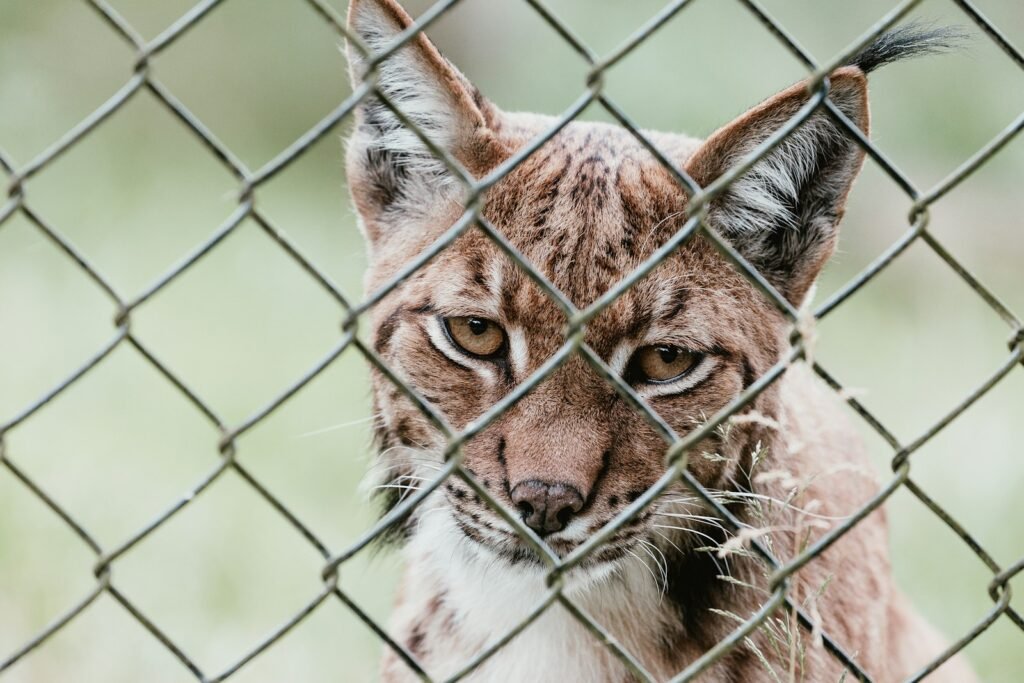A shadow slips between the trees, paws silent on mossy earth, golden eyes catching the last gleam of twilight. Most people will never see a lynx in the wild—not even once. These mysterious cats are so rarely glimpsed that legends swirl around them, painting them as specters that haunt the deepest forests. What makes the lynx so elusive, so perfectly cloaked in secrecy? If you’ve ever wondered what it would be like to step into the world of one of nature’s most secretive hunters, you’re about to discover a story as intriguing as any ghost tale whispered around a campfire.
The Lynx: A Snapshot of Wild Mystery

Lynx aren’t just any wild cats—they’re the masters of hide-and-seek in the animal kingdom. With thick, spotted fur and tufted ears like tiny paintbrushes, their appearance is striking yet perfectly suited for blending in with snowy or forested backgrounds. The lynx family includes several species, such as the Eurasian lynx, the Canada lynx, and the Iberian lynx, each adapted to its own unique environment. Despite their differences, all lynx share one thing: a reputation for being nearly invisible in their habitats. They are rarely photographed, even by seasoned wildlife experts, and their ghost-like nature has made them the stuff of local folklore across continents.
Camouflage: The Art of Disappearing

The lynx’s ability to vanish isn’t magic; it’s science. Their spotted, thick fur acts like a natural cloak, breaking up their outline against the forest floor or snowy tundra. These patterns fool both prey and predators, making lynx almost impossible to spot when they’re still. Even their ear tufts serve a purpose, possibly breaking up the shape of their heads or helping communicate with other lynx. When you combine this camouflage with their habit of moving quietly and avoiding open spaces, it’s no wonder they’re so hard to find.
Solitary Hunters: Alone in the Wilderness
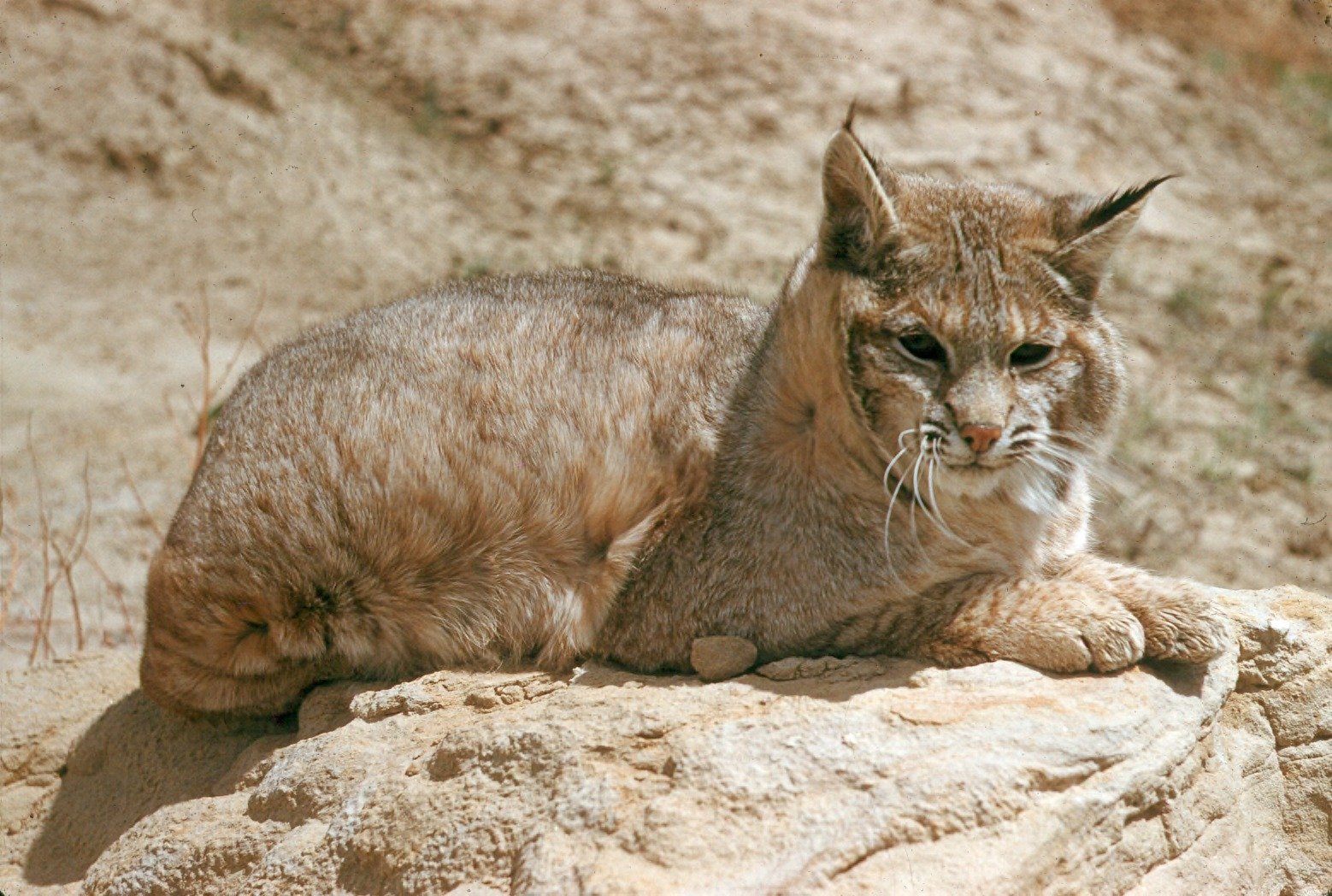
Unlike lions or wolves, lynx aren’t social animals. They prefer to roam their territories alone, except during the brief mating season or when mothers raise their kittens. This solitary lifestyle means that, even in areas where lynx populations are healthy, it’s rare to see more than one at a time. Their territories can span dozens of square miles, and they patrol these areas with remarkable discipline. Because they avoid human settlements and travel mostly at dawn or dusk, their solitary habits add another layer to their elusiveness.
Remarkable Senses: Hearing and Sight Beyond Compare

Lynx are equipped with extraordinary senses that put even the sharpest-eyed humans to shame. Their eyesight is so acute that they can spot a mouse from more than 200 feet away, even in low light. Their hearing is also top-notch, aided by the tufts on their ears, which scientists believe may help funnel sounds. These adaptations mean that a lynx can detect danger or potential prey long before it is itself discovered, helping it stay one step ahead in the survival game.
A Noiseless Step: The Science of Silent Movement

The lynx’s feet are like natural snowshoes, broad and padded to distribute their weight and keep them from sinking into snow. This design also muffles their footsteps, allowing them to move through the forest like ghosts. Their soft paws and careful steps make almost no sound, even on crunchy leaves or frozen ground. This silent movement isn’t just for sneaking up on prey—it’s also crucial for avoiding detection by potential threats, including humans.
Diet: Specialized and Secretive

Lynx are picky eaters, with diets that focus primarily on small mammals and birds. The Canada lynx, for example, relies heavily on the snowshoe hare, and its population rises and falls in tandem with this prey. Because lynx need to conserve energy, they hunt with precision and patience, often waiting motionless for long periods before pouncing. This hunting style keeps their movements unpredictable, making it even less likely for people to catch a glimpse of these predators in action.
Territory and Range: Kingdoms of Solitude

Each lynx carves out its own kingdom, often marked by scratch marks on trees or scent markings. These territories can be massive—sometimes over 100 square miles—depending on the abundance of prey and the density of the forest. Lynx fiercely guard these areas, rarely overlapping with others except during mating season. The sheer size of their territories means that even in places where lynx are relatively common, they are spread so thin that encountering one is a rare event.
Seasonal Adaptations: Surviving Harsh Climates

Lynx are built to withstand extreme conditions, from the freezing winters of Siberia to the snow-laden forests of Canada. Their thick fur grows even denser in winter, providing crucial insulation. Their paws expand like furry mittens to help them walk atop deep snow, giving them an edge over other predators that might get bogged down. These adaptations not only keep them alive but also allow them to move freely and quietly when most other animals are hunkered down, adding to their reputation as winter ghosts.
Breeding and Raising Young: The Secret Lives of Lynx Mothers

Mother lynx are fiercely protective of their kittens, raising them in dens hidden deep within thickets or rocky crevices. These dens are nearly impossible to find, which helps ensure the safety of the kittens during their vulnerable early months. Lynx mothers teach their young to hunt and survive in secrecy, gradually introducing them to the art of stealth and patience. The secrecy surrounding lynx breeding habits adds yet another layer to their elusive nature.
Human Encounters: Rarity and Myth

For centuries, the rarity of lynx sightings has fueled myths and stories. In parts of Europe, people once believed the lynx could see through solid objects or vanish at will. Even today, seeing a lynx in the wild is considered a once-in-a-lifetime experience for hikers and hunters. Wildlife photographers spend weeks, sometimes months, in lynx territory with little more than a fleeting paw print to show for their efforts. The lynx’s ghostly presence keeps it firmly rooted in legend.
Conservation Status: Threats and Triumphs

While some lynx species are relatively stable, others, like the Iberian lynx, teeter on the brink of extinction. Habitat loss, road construction, and declining prey populations threaten their survival. Conservationists are working tirelessly to protect these cats, restoring habitats and reintroducing prey species. There have been some inspiring successes—recent reports show Iberian lynx populations rebounding thanks to dedicated efforts—but the battle is far from over. The lynx’s future is still uncertain and depends on continued vigilance.
Tracking the Untrackable: Modern Technology Meets Ancient Mystery

Scientists have turned to technology to unravel the secrets of the lynx. GPS collars and camera traps offer glimpses into their hidden lives without disturbing them. These tools have revealed surprising behaviors, like the distances lynx travel in a single night or their preferred den locations. Despite these advances, studying lynx remains a challenge; the cats often seem to sense when they’re being watched and change their patterns, living up to their reputation as masters of evasion.
Role in Ecosystems: Guardians of Balance

Lynx play a crucial role in their ecosystems, acting as natural population controllers for small mammals like hares and rodents. By keeping these populations in check, lynx indirectly protect the health of forests and grasslands. Their absence can trigger a cascade of changes, sometimes leading to overgrazing and the decline of certain plant species. In this way, the lynx is like a silent guardian, maintaining balance in the landscapes it haunts.
Cultural Significance: From Totems to Fairy Tales

Throughout history, the lynx has featured in the folklore and mythology of many cultures. Native American tribes have revered the lynx as a symbol of keen insight and patience. In European fairy tales, the lynx is often portrayed as a wise, enigmatic creature—sometimes a trickster, sometimes a guardian of secrets. Its image appears on ancient coins, in cave paintings, and even as a heraldic symbol. The lynx’s mystique transcends its biological reality, making it a powerful figure in the human imagination.
Adaptability: Surviving in a Changing World

Lynx have demonstrated impressive adaptability in the face of environmental change. Some populations have shifted their ranges to cope with habitat loss, moving into new areas or higher altitudes. They’ve altered their diets when traditional prey becomes scarce, proving their resourcefulness. However, there are limits to this adaptability—rapid changes caused by humans can outpace the lynx’s ability to adjust. Their resilience is remarkable, but not limitless.
The Lynx and Climate Change: A Delicate Balance

Climate change presents new challenges for lynx, especially those living in regions that rely on consistent snowfall. As winters become shorter and snow cover diminishes, lynx may lose their competitive edge over other predators. Changes in temperature and precipitation can also impact prey populations, forcing lynx to travel farther or compete with other carnivores. Scientists are closely monitoring these shifts, aware that the lynx’s survival may depend on how well it can adapt to a rapidly changing world.
Encounters in Unexpected Places: Urban Lynx
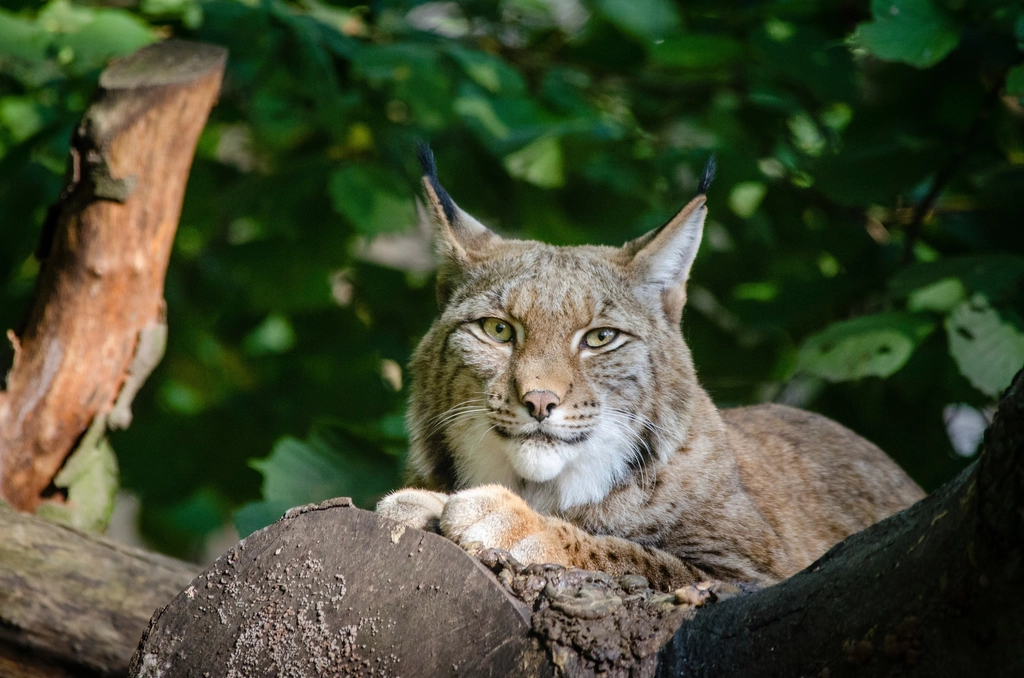
In some regions, lynx have been spotted near human settlements, venturing closer to towns in search of food or territory. These encounters are rare but increasing as urban sprawl encroaches on wilderness. While such sightings can be thrilling, they also pose risks for both lynx and people. Efforts to create wildlife corridors and educate communities are essential to ensuring peaceful coexistence and preventing conflict.
The Lynx’s Future: Hope and Uncertainty
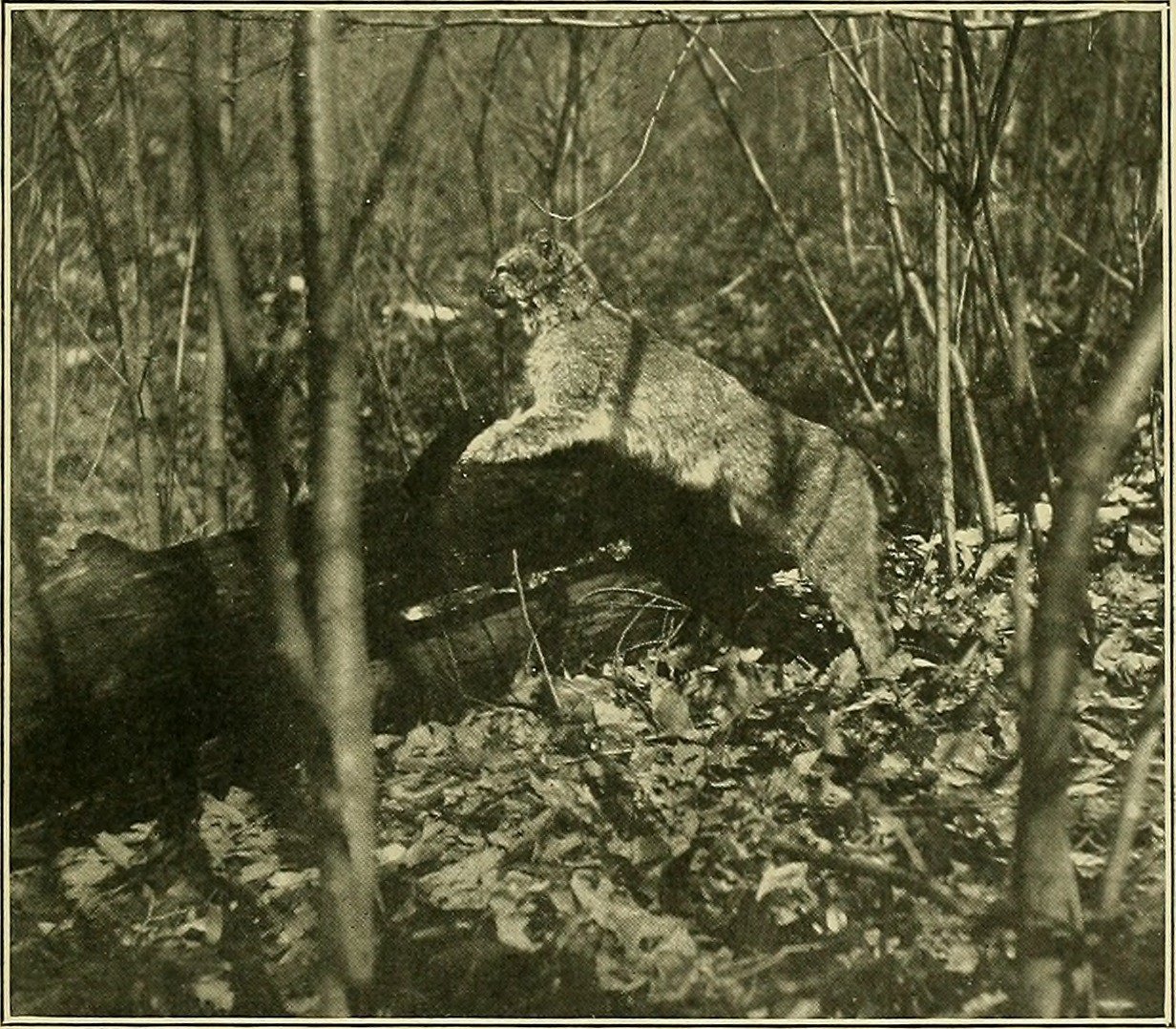
The future of the lynx is a tapestry woven with hope and uncertainty. Conservation victories have shown that it’s possible to bring these cats back from the brink, but ongoing threats loom large. Every sighting, every set of tracks in the snow, is a testament to both the fragility and the resilience of these creatures. The lynx remains a symbol of wildness—a reminder of what’s at stake in the battle to preserve our planet’s most mysterious inhabitants.
Living with Ghosts: What the Lynx Teaches Us
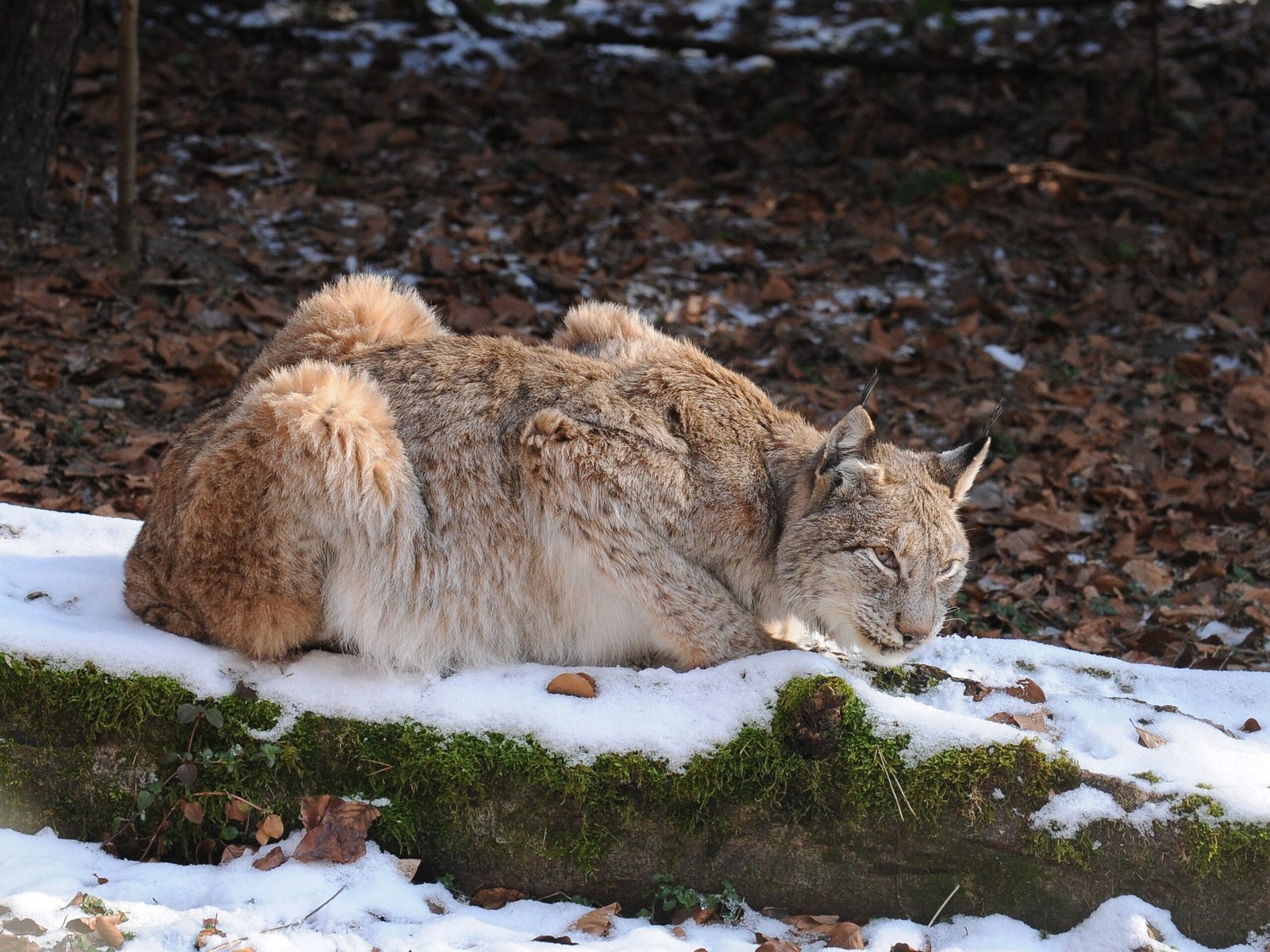
The lynx’s story is more than just a tale of survival; it’s a lesson in humility and respect for the wild. Their ability to remain unseen in a world dominated by humans challenges us to reconsider our relationship with nature. Perhaps the greatest gift the lynx gives us is the reminder that not everything in the forest should be easily found, and that some mysteries are best left unsolved. We share the world with ghosts—silent, patient, and untamed.

